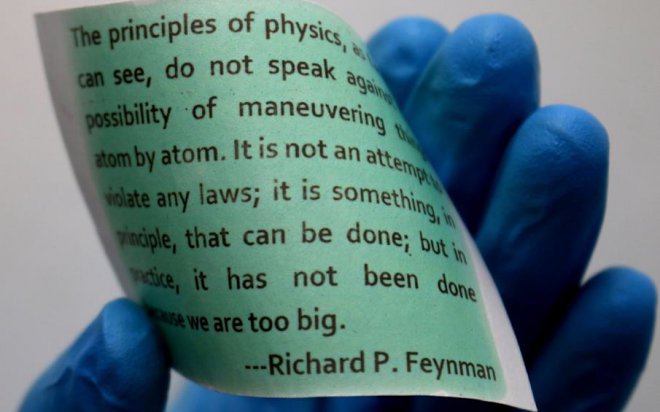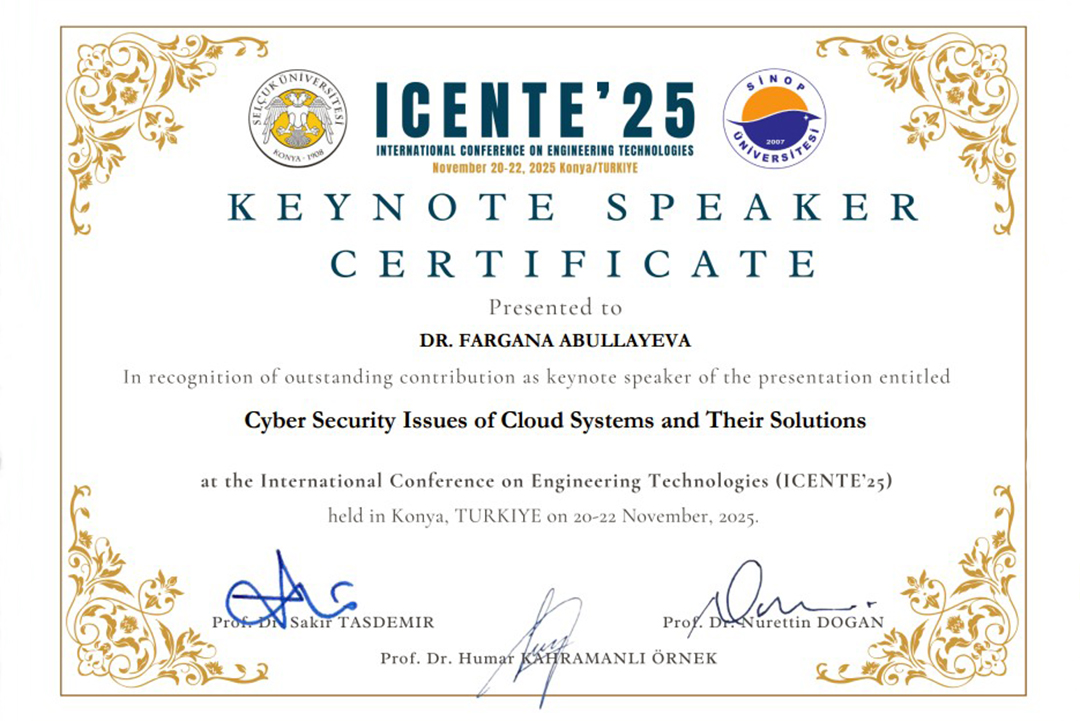NEWS
New Printing Technology Uses Light Instead of Ink

A team of scientists have developed a way to print on paper using light instead of ink. This new printing method could be used by large-scale printers such as newspapers and could both save money and reduce pollution. Their results were published in the journal Nano Letters.
Ink and paper are not very environmentally friendly. Demand for paper is a leading cause of the deforestation of rainforests, and the production of paper uses a substantial amount of water and greatly contributes to pollution. After the paper is used, it is either thrown away or recycled, and neither option is very great for the planet. Paper makes up almost half of our landfills, and the recycling process also generates pollution, too.
To reduce this trend, a group of scientists from handong University in China; the University of California, Riverside; and Lawrence Berkeley National Laboratory have developed a way to print on paper with light instead of ink. Their method uses a thin nanocoating on a regular sheet of paper that changes color when exposed to ultraviolet light.
The main advantage of this method over regular printing is that the paper can be 'reset' by briefly heating it to about 250 degrees, allowing the same paper to be used over and over. The team says their paper can be reused up to 80 times, far more than current recycling methods.
This method does have some disadvantages. Chief among them is that only monocolor printing is possible. Even grayscale shading is impossible. Secondly, the color fades automatically after about 5 days, meaning that this method can't be used to print permanently.



